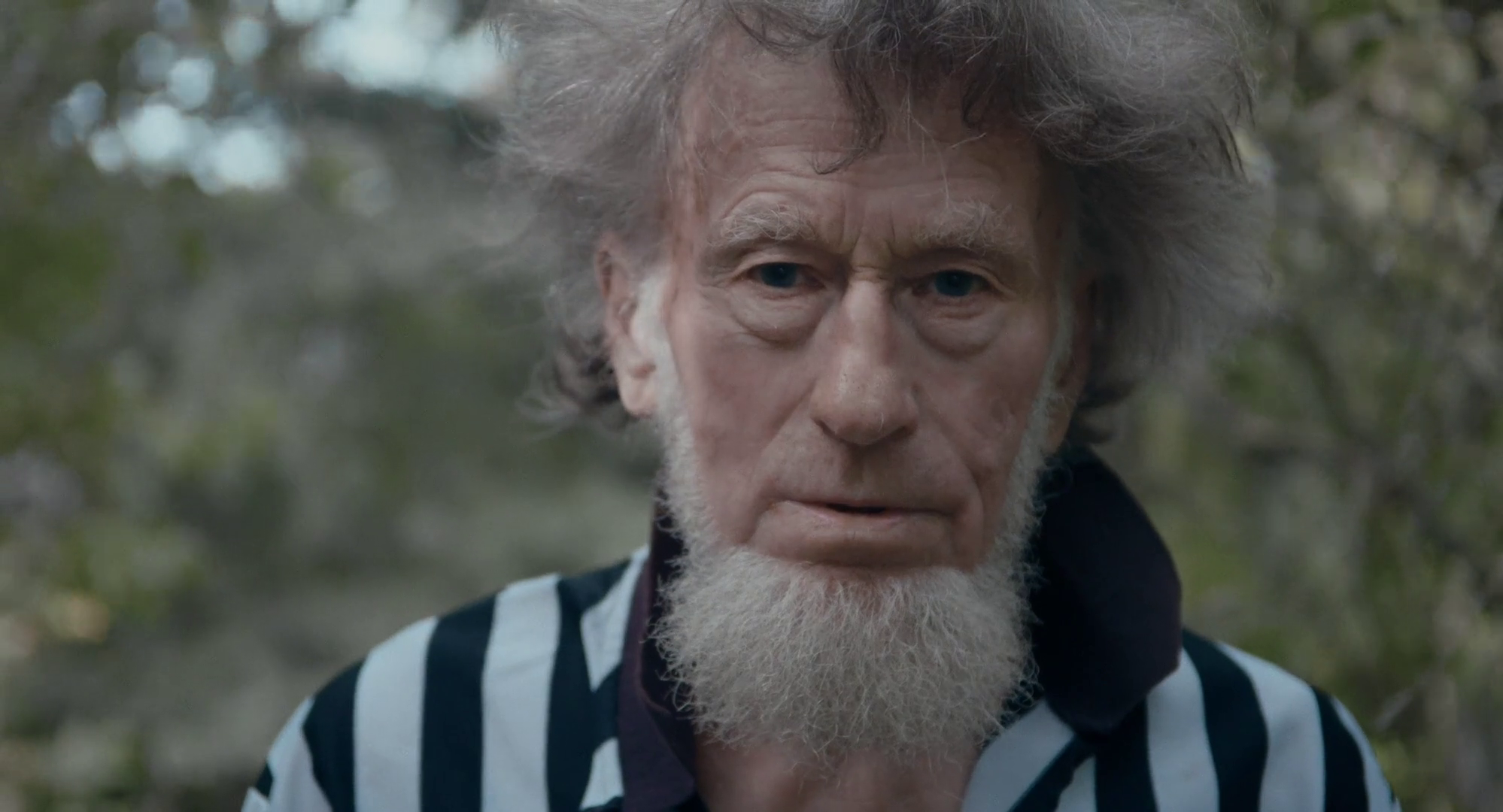“The thing about filmmaking is that feature films bend the truth and do not even hide it while documentaries bend the truth as well but claim that they do not,”
says Aivars Freimanis (1936–2018) – once a heretical trespasser not only in the documentary but also in the feature film genre: in 1974 he shot a feature film in a documentary environment or a docudrama as it was named years later. Back then “An Apple in the River” (“Ābols upē”) was something unprecedent- ed in Latvia and the whole Soviet Union. The film is now part of the Latvian Cultural Canon.
Freimanis started as a journalist for the newspaper Soviet Youth (“Padomju Jaunatne”) but he was laid off for his sharp tongue and ironic, chatty writing style inappropriate to the Soviet youth. Then he went on to work for the Riga Film Studio where the atmosphere was more relaxed and directors allowed to compose witty and rhythmical voice-over texts for the newsreel. Soon enough Freimanis was entrusted with writing a script, however, due to his frustration with the way some directors ‘messed up’ his scripts he started directing himself.
In 1963, an editor of the Film Studio literally pairs up Freimanis with Ivars Seleckis – another young film enthusiast who had put his Food Engineering diploma from the Academy of Agriculture aside and had been working as an assistant for the newsreel cameraman – the legendary ‘Boss’ Gailis. Freimanis and Seleckis shoot “The Coast” (“Krasts”, 1963) where they lived side by side with fishermen in a closed seaside village (the Baltic Sea was the western frontier of the Soviet Union, therefore, it was a closed area with restricted movement. In the morning the border guards ‘unlocked’ the sea that was closed with a large gate to fishermen and in the evening when the fishermen had returned ‘locked up’ again).
“The Coast” and later also the second fishermen film “The Catch” (“Lomi”, 1969) bring new trends to the poetic style – an ordinary fisherman finds his place next to Brauns’s urban industrial landscapes and Franks’ soul searching.
Human characters in the films live, work, drink and sometimes talk “nonsense” and they are so natural, unpretentious, and unusually recognizable to the Soviet viewer that people are queuing up to watch them.
“The Coast” is followed by “The Send-Off ” (“Ceļamaize”, 1963) – while shooting a Komsomol class who all went to save a struggling kolkhoz they also manage to shoot mud, broken tractors, flooded fields. The film turns scandalous and it is not screened because it is allegedly anti–Soviet – defamatory of collective farming. Management of the Riga Film Studio is dismissed but the new generation was not born yesterday – they complain to the Kremlin for the injustice of the local party bureaucrats and Moscow sends a committee to examine the case on the spot. Turns out that members of the committee sent from Moscow are, at least partially, Russian cinematographers who understand that no precedent of condemning documentary filmmakers should be allowed as they may stumble over it someday too. Freimanis has to give a justifying speech at the committee meeting that sounds like this:
“Comrades! Let’s imagine a big room. There is a lit lamp hanging on the ceiling. There is a fly circling around it. The buzzing fly is circling and circling and suddenly ‘puff !’ – burns itself and falls down. That is all. Thank you for your attention!”
The Muscovites report back to the management that ‘nothing special’ has happened – young boys made a mistake and acted rashly in displaying the truth.
Soon after the newly appointed Head of the Film Studio Koroļkēvičs designates Freimanis and Seleckis as the creative core of the documentary “Year in Review” (“Gada reportāža”, 1965) to be shot in honour of the 25th anniversary of the Soviet Latvia. Instead of one of the old, merited, medal rattling ‘combat camera- men’. “Year in Review” is unique for the time. The team is joined by the heavyweight poet Imants Ziedonis and Hercs Franks as script writers. The result is unusually vivid. The creative team is awarded the State Prize for the film.
There is another ‘shelf ’ film amongst the countless films and scripts by Freimanis – “The Father” (1978). It is an impressive short film about an old man, former Red Latvian rifleman who is spending his old days sitting in a forest cabin reading the paper “The Fight” (“Cīņa”) and thinking… Just like Freimanis himself these days – a man who, influenced by his early fishermen’s films, has learned to love the sea so much that he has been living on the coast for 40 years now. His grey hair and white square–shaped beard is flapping in the wind and it is not clear whether it was trimmed according to the Latvian farmer fashion or Hemingway style.
“Wellll… I don’t know,” he growls back when asked and stares off into the distance.
“I don’t like the word ‘poetic’,” Freimanis says. “It is more like something young girls write in their memory albums. ‘Figurative’ is a much better word. A Latvian cannot film a chronological, analytical piece. We all think and write figuratively.”
Freimanis does not make any films at the end of his life. The old director has been ‘brought on a sled to the forest to die’. However, while living in the forest he keeps writing. Shortly before passing away his first and only novel “The Pot” (“Katls”) is published and will be staged by the Latvian National Theatre the coming season. He will continue.
Kristīne Briede,
film director

Still from “Bridges of Time" (2018)

Shooting the last frame of “The reportage of the year” (1965) by Aivars Freimanis. Photo: Leopolds Elksnis

Aivars Freimanis during the shoot of “The Coast” (1963)
Photo: Ivars Seleckis